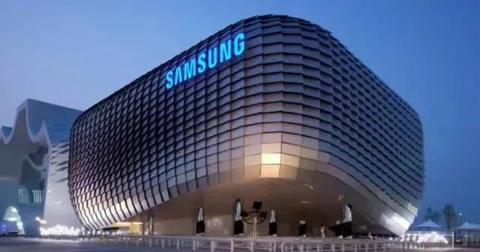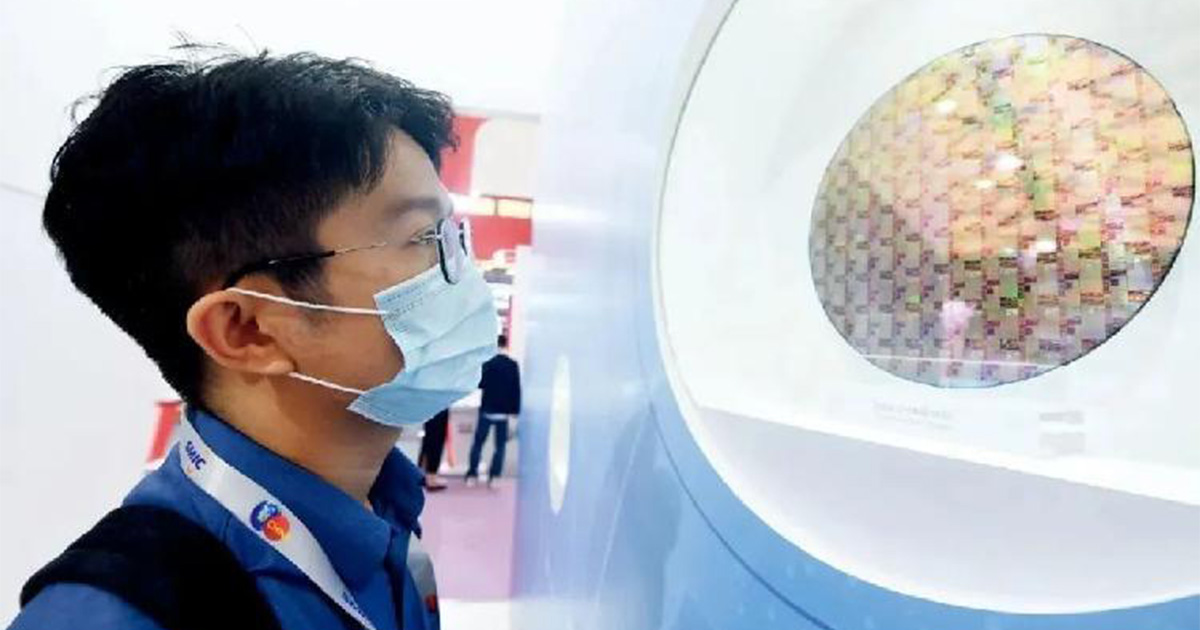
Recently, the South Korean technology giant Samsung reported that it took the lead in launching a blitz on the foundry price. It is reported that the price war has been quite effective. With the strategy of reducing prices, Samsung Electronics has successfully won some orders from Netcom chip factories in Taiwan.
In addition to cutting prices on wafer foundries to grab production capacity, two other recent news from Samsung are also quite noteworthy. One is the storage plant. In terms of catching up with advanced manufacturing processes, Samsung is rumored to cooperate with Google and AMD to launch a new generation of processor Exynos 2500, which may speed up the research and development of advanced manufacturing processes and shorten the gap with TSMC.
Cut costs to grab mature process orders, expand memory production capacity against the trend, and bet heavily on advanced process research and development... Facing the down cycle of the global semiconductor industry, Samsung Electronics once again launched a market competition against the trend of expansion.
Affected by the weakness of consumer electronics, Samsung, a memory chip giant, is not having a good time. In the past 2022Q4 fiscal quarter, the profit of Samsung Electronics’ chip business plummeted by more than 90%; in addition, both overall revenue and operating profit fell, of which operating profit fell by nearly 70% year-on-year, falling below 50,000 for the first time since the third quarter of 2014. billion won.
Other memory chip giants such as SK Hynix and Micron Technology, which also suffered a big dive in financial reports, have announced that they will use the methods of greatly reducing the investment quota in 2023, cutting production capacity, and suspending R&D to survive the industry downturn.
However, the downward cycle of the industry at the moment seems to be a good investment opportunity for Samsung Electronics. Previously, Jaejune Kim, executive vice president of Samsung Electronics' electronic storage division, said in the earnings conference call that although the market boom deteriorated significantly in the fourth quarter of last year, the capital expenditure plan for this year is expected to be comparable to last year, mainly in response to medium and long-term demand. necessary.
In addition, Samsung's recent moves in wafer foundry, memory chips, and advanced manufacturing processes all confirm its ambition to expand against the trend: to consolidate its dominant position in the memory chip market while global technology demand is declining sharply, And catch up with the powerful enemy TSMC in the foundry industry.
First of all, in terms of wafer foundry, Samsung Electronics' mature process foundry reported a 10% price cut. It is reported that the Samsung Electronics foundry’s previous quotation was slightly lower than that of its peers. Now if the price is reduced by 10%, it will inevitably put pressure on the pricing of other fabs, causing them to choose between offering preferential conditions or losing orders. According to the "Taiwan Economic Daily" news, at present, Taiwan fabs such as UMC and World Advanced have begun to adjust prices with customers conditionally.
Previously, Samsung stated in its 2022Q4 financial report that in terms of foundry, as customers continue to adjust inventory, capacity utilization and revenue will decline. Therefore, for Samsung Electronics, price cuts can snatch more markets to fill capacity vacancies on the one hand, and on the other hand, through continuous price squeeze, we can eliminate fabs with tight cash flow.
Secondly, in terms of consolidating the dominance of memory chips, even though the memory chip market has plummeted, Samsung Electronics still announced that it will increase the production capacity of its memory and fabs by 10% in 2023. Data show that the current price of memory chips has fallen by more than 50% compared to the peak in 2022. Moreover, this market is far from bottoming out, and many market research institutions have pessimistic expectations. Among them, TrendForce, a high-tech industry research institution, predicts that the prices of DRAM and NAND Flash will continue to fall, and large-scale production cuts may be needed to support prices.
However, Samsung Electronics has bucked the trend and "increased its position", expanding production capacity and upgrading equipment. According to "Wall Street Insights" reports, Samsung Electronics Xi'an Phase III project 12-inch fab will start in mid-February. It is reported that the total investment of the project is as high as 300 billion yuan, and it is positioned as the production base of Samsung Electronics' NAND flash memory semiconductor. After it is completed and put into production, the production capacity of the first two phases of the project will account for 40% of Samsung Electronics' total global NAND production capacity.
In addition, Samsung Electronics also plans to upgrade the NAND flash memory device of the first factory (P1) in Pyeongtaek, Gyeonggi-do, South Korea. Among them, the NAND line of P1 is expected to be transformed into a V8 (238-layer) NAND mass production line, which can process about 30,000 wafers. At present, there are still 6-7 companies in the world vying for the NAND market share, and Samsung’s move may squeeze or annex smaller industry companies by increasing NAND production capacity.
In the battle for advanced manufacturing processes, Samsung has been struggling to catch up with TSMC. According to the latest news, Samsung will join hands with Google and AMD to jointly develop the mobile phone processor Exynos 2500. In this regard, industry insiders have analyzed that the Samsung Exynos 2500 processor is developed around performance, and may be equipped with a ten-core CPU and twice redesigned Xclipse GPU, which is expected to become a weapon for advanced manufacturing below 3nm. This also means that the introduction of Exynos 2500 may accelerate the improvement of Samsung's advanced process technology and narrow the gap with TSMC.
And Samsung once again "counter-cyclically" invested in expanding production, deliberately exacerbating industry losses, and finally the price of DRAM fell below the cost of materials at the end of 2008.
Finally, at the beginning of 2009, the German DRAM giant Qimonda’s capital chain was broken, and European manufacturers completely withdrew from the DRAM industry; DRAM manufacturers in Taiwan, China, were dispersed due to their small investment scale. defeated and withdrew from the market; Elpida, the "national team" formed by the Japanese government to integrate the dynamic random access memory business of Hitachi, NEC, and Mitsubishi, also declared bankruptcy. Samsung's market share has further increased and it has become the global industry leader in DRAM.
Over the years, Samsung has often made huge investments in downturns to beat rivals in the next boom and expand its presence around the world.
Judging from the various strategies currently adopted by Samsung - price reduction, capacity expansion, and catching up with TSMC, Samsung has once again chosen to "increase its position" during the downturn of the global semiconductor industry. And this time, do you think Samsung can "turn the tables against the wind"? Welcome to share your views in the message area.


